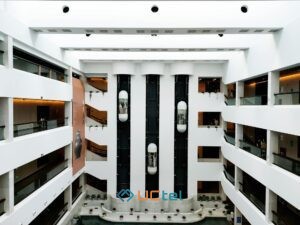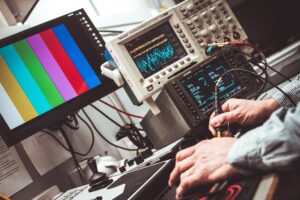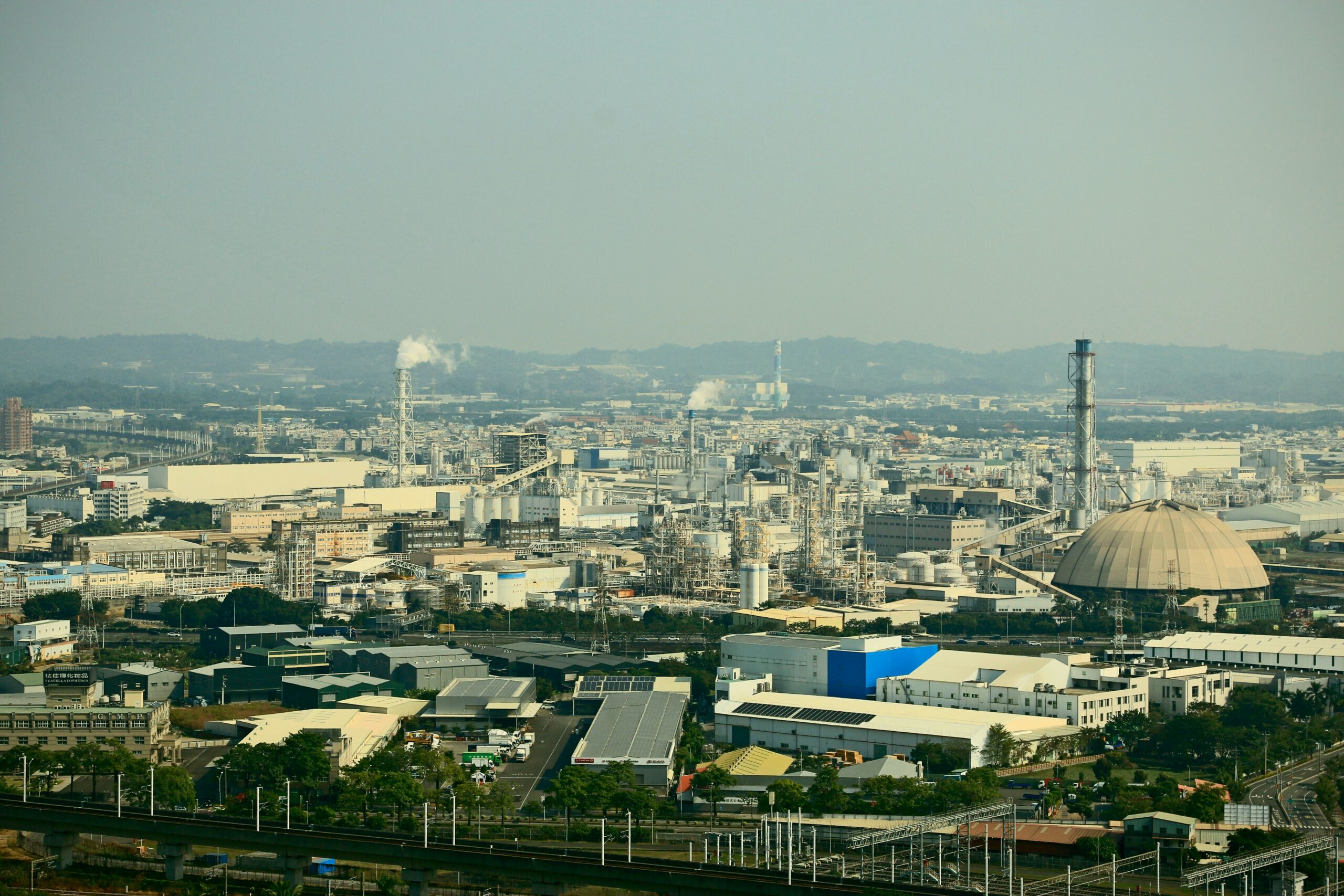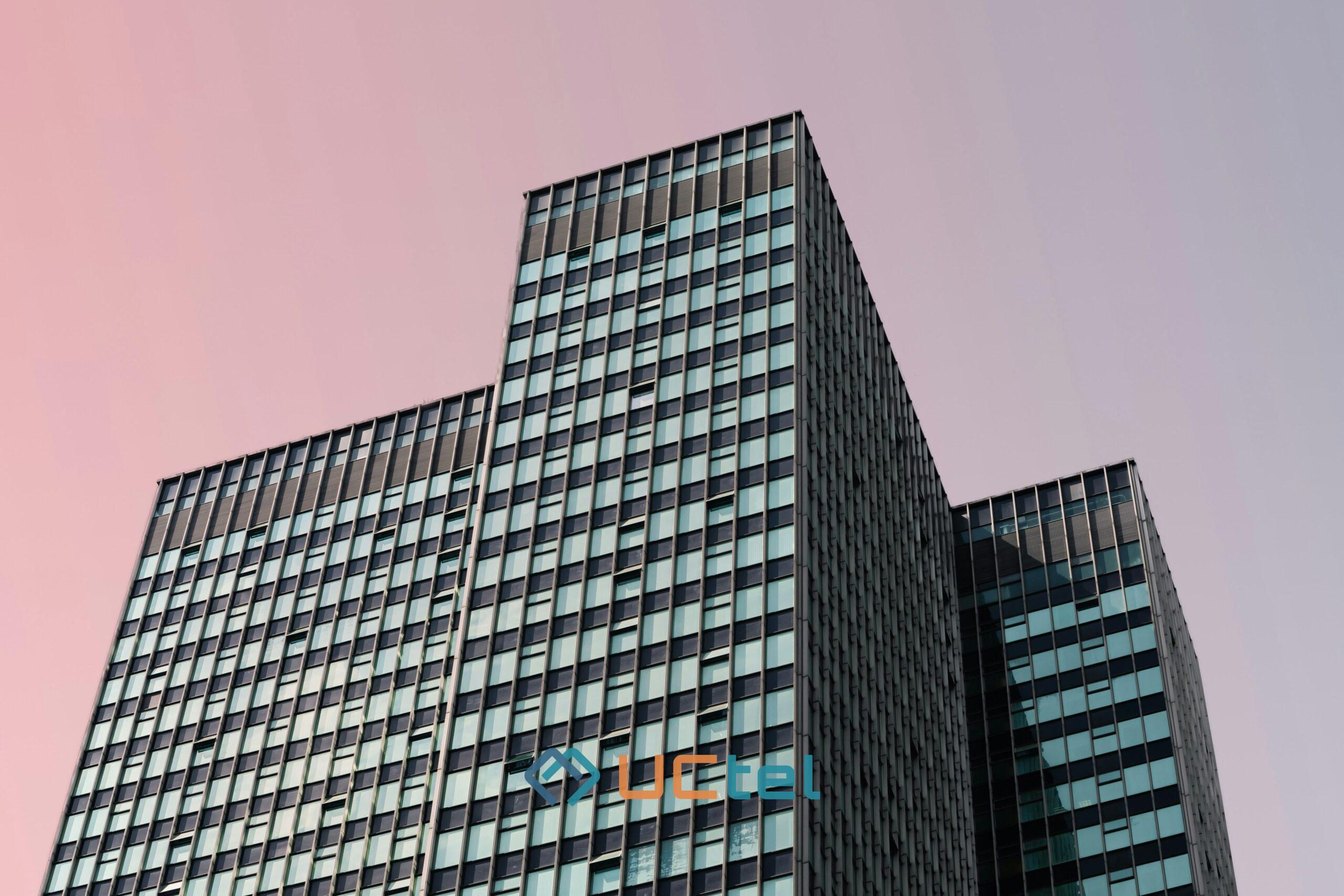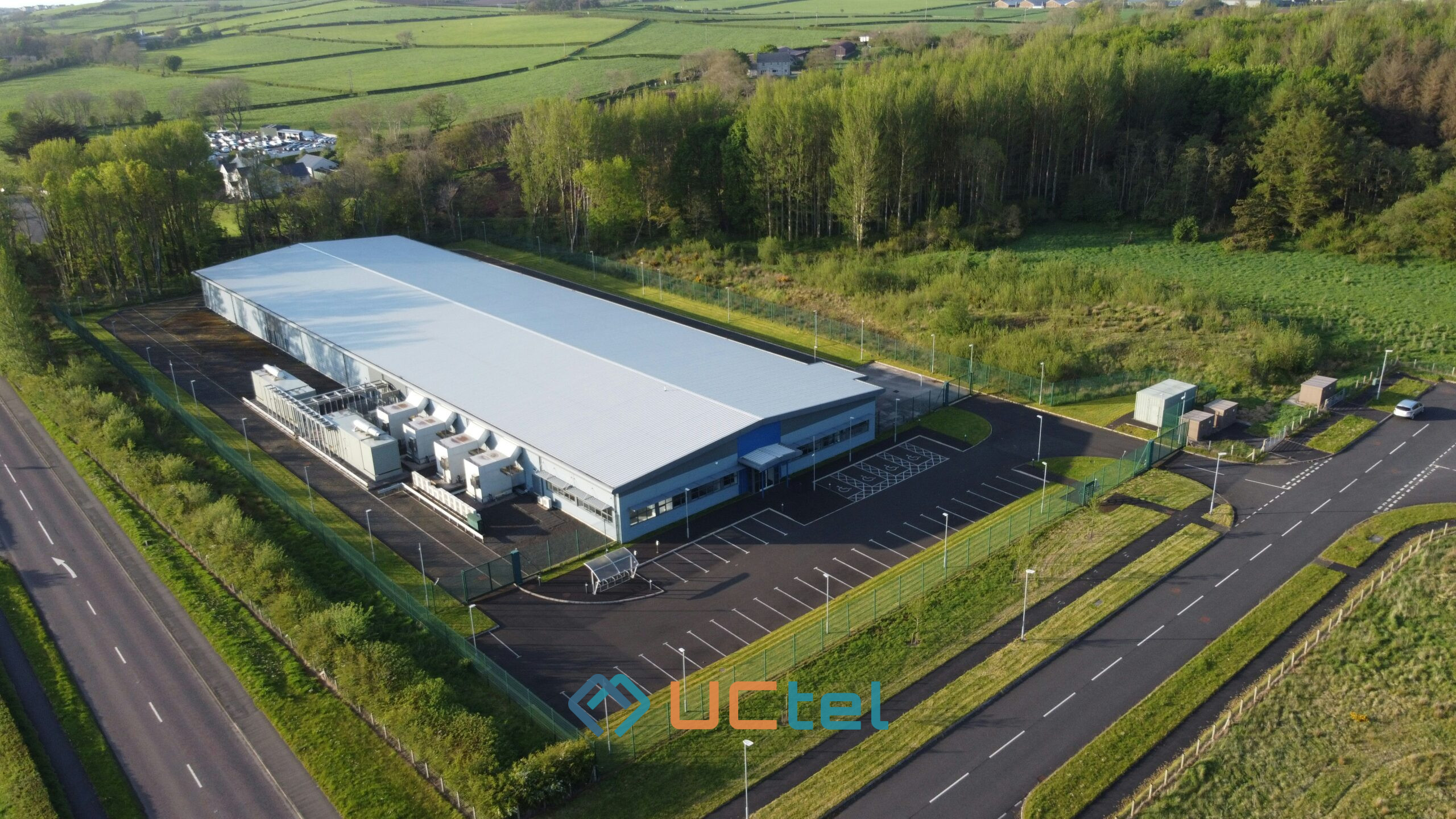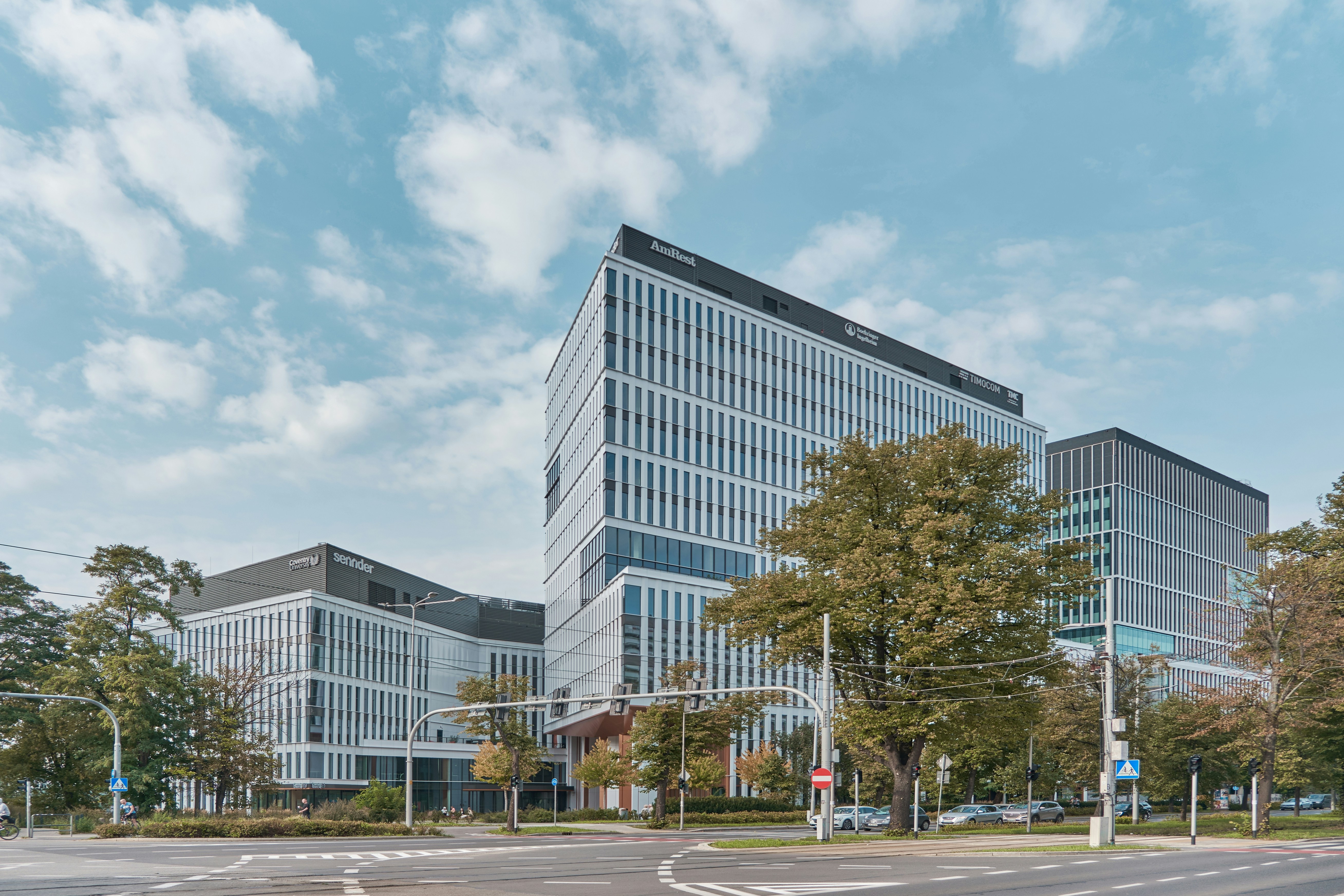
Large Building Mobile Signal Boosters for Offices and Commercial Spaces
Table of contents
Modern businesses face mounting pressure to maintain seamless connectivity across their facilities. Large Building Mobile Signal Boosters represent sophisticated solutions designed to eliminate communication barriers within large structures. These systems capture weak mobile signals from nearby towers, amplify them through advanced technology, and redistribute enhanced coverage throughout expansive indoor environments.
According to the Federal Communications Commission, building materials can reduce mobile signal strength by up to 32 decibels, making professional amplification systems essential for maintaining reliable connectivity in commercial spaces.
Why large buildings and offices need commercial signal boosters
Complex architectural designs create significant obstacles for mobile signal penetration in commercial environments. Steel frameworks, concrete walls, and low-emissivity glass act as natural barriers that block radio frequencies from reaching indoor spaces effectively. These materials reflect and absorb electromagnetic waves, creating dead zones where mobile devices struggle to maintain stable connections with carrier networks.
The sheer scale of commercial facilities compounds these challenges. Warehouses spanning hundreds of thousands of square feet experience particularly severe signal degradation in their central areas, where outdoor signals cannot penetrate effectively. Multi-story office buildings face vertical coverage challenges, with upper floors often experiencing weaker signals than ground-level spaces.
- Thick concrete and steel construction materials
- Complex internal layouts with multiple rooms and corridors
- Large distances from mobile towers
- Interference from electronic equipment and machinery
Common signal challenges in commercial environments
Different commercial environments present unique connectivity obstacles. High-rise office buildings experience signal attenuation due to their height and dense construction materials. Underground parking garages and basement levels suffer from complete signal isolation, requiring specialized solutions to maintain emergency communications capabilities.
Manufacturing facilities face additional complications from heavy machinery that generates electromagnetic interference. Metal storage systems and industrial equipment create radio frequency shadows, disrupting mobile signal propagation throughout these spaces.
Hospitals require particularly reliable coverage to support critical communication systems and medical equipment that depends on stable data connections.
- Elevator shafts acting as signal barriers
- HVAC systems interfering with radio frequencies
- Dense occupancy reducing signal quality per user
- Specialized equipment causing electromagnetic interference
Impact on business operations
Poor mobile coverage directly affects employee productivity and customer satisfaction. Staff members cannot access cloud-based applications, participate in video conferences, or maintain reliable voice communications when signal strength remains insufficient. This connectivity gap forces businesses to rely on alternative communication methods that may not integrate seamlessly with existing workflows.
Customer experience suffers significantly in retail environments and hospitality venues with inadequate indoor coverage. Visitors expect seamless connectivity for mobile payments, social media sharing, and accessing digital services. Businesses lose competitive advantages when patrons cannot maintain reliable connections to their preferred carrier networks.
- Reduced employee efficiency due to communication barriers
- Increased customer complaints about connectivity issues
- Compromised safety communications during emergencies
- Lost business opportunities from frustrated clients
Types and features of commercial mobile phone signal boosters
Industrial booster systems deliver comprehensive coverage for facilities ranging from 3,252–9,290 square meters. These robust systems support hundreds of simultaneous users across multiple mobile bands, providing 64-72 decibels of signal improvement. Advanced models incorporate automatic gain control and real-time monitoring capabilities to optimize performance continuously.
Distributed Antenna Systems represent the premium solution for massive commercial installations. These sophisticated networks utilize fiber optic infrastructure to distribute amplified signals across facilities exceeding 37,161 square meters.
Multiple remote unit installations ensure uniform coverage throughout complex building layouts while supporting thousands of concurrent device connections.
- Multi-carrier compatibility across all major networks
- Scalable architecture supporting future expansion
- Professional-grade components for reliable operation
- Integration capabilities with existing building systems
Industrial signal boosters vs. DAS solutions
Industrial booster systems excel in medium-sized facilities where centralized amplification meets coverage requirements effectively. These solutions offer cost-effective deployment with simplified maintenance requirements. Single-unit systems can cover substantial areas when existing outdoor signal strength provides adequate foundation for amplification.
DAS installations become necessary for extremely large facilities or buildings with complex architectural features. These systems distribute amplification across multiple points, ensuring consistent signal strength throughout every zone. The modular design allows for customized coverage patterns that address specific building challenges and user density requirements.
- Industrial systems : centralized amplification for moderate coverage areas
- DAS networks : distributed amplification for maximum coverage
- Hybrid solutions combining both technologies for optimal results
- Carrier-specific systems offering maximum gain for single networks
Technical specifications and coverage capabilities
Modern commercial booster systems operate across essential mobile bands including 2, 4, 5, 12, 13, 17, 25, 66, and 71. These frequencies support 4G LTE communications and emerging 5G technologies on legacy spectrum. Multi-carrier systems typically provide 64-72 decibels of gain, while carrier-approved single-network solutions can deliver up to 100 decibels of amplification.
Coverage area depends significantly on existing outdoor signal strength. Locations with five bars of external signal can achieve up to 9,290 square meters of indoor coverage per remote unit. Areas with moderate three-bar strength typically support 5,574 square meters, while weak single-bar locations may require additional amplification points to cover 1,858 square meters effectively.
- Frequency support across all major mobile bands
- High-gain amplification up to 100 decibels
- Simultaneous support for hundreds of active devices
- Automatic adjustment based on signal conditions
Installation and professional services
Professional installation begins with comprehensive site surveys using specialized equipment to measure existing signal strength and identify optimal antenna placement locations. Certified technicians assess building layouts, determine cable routing paths, and design custom coverage patterns that maximize system effectiveness while minimizing installation complexity.
Commercial installation projects require coordination with building management, IT departments, and carrier representatives. Professional installers configure web-based portal access for remote monitoring and management. Systems include Bluetooth connectivity for local administration and LCD display interfaces for manual control when necessary.
- Site surveys determining optimal system configuration
- Custom antenna placement for maximum coverage
- Integration with building management systems
- Training for facility management staff
Advanced commercial system installations incorporate omni antenna and directional antenna configurations based on specific coverage requirements. Dome antenna installations provide discrete ceiling-mounted coverage, while panel antennas offer wall-mounted solutions for targeted areas. Web-based management platforms enable remote monitoring and performance optimization without requiring on-site visits.
- Touch screen interfaces for intuitive system control
- Carrier-approved equipment ensuring regulatory compliance
- Scalable architecture supporting future network expansion
- Comprehensive warranty coverage and technical support
Want stronger mobile coverage in your office or commercial building? Get in touch with us today for a tailored quote on our large building mobile signal boosters.


